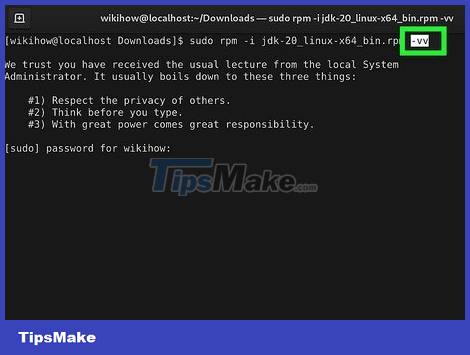How to Install and Uninstall RPM
Setting

Download the RPM package you want to install. There are many repositories of RPM packages on the Internet, but if you want to download Red Hat RPM packages, you can find them here:
The Red Hat Enterprise Linux installation media, contains many RPM packages that you can install.
RPM repository with YUM package management tool.
Extra Packages for Enterprise Linux (EPEL) provides high-quality upgrade packages for Red Hat Enterprise Linux.

Install the RPM package. Once downloaded, you have two options:
Double-click the RPM package, a software package management window will appear and guide you through the installation process.
Open a command line window (terminal) and enter rpm -i *package_location_and_name*(no space between the two sides of the word and )
Uninstall

Open a terminal and enter: rpm -e *package_name* . Do not enter the file extension name. For example:rpm -e gedit
rpm code

Below is some rpm -i command syntax.

Install specific options:
-h (or --hash) Display pound signs ("#") during installation
--test Perform Only tests the installation
--percent Show percentage during installation
--excludedocs Do not install included documents
--includedocs Install included documents
--replacepkgs Install a new copy over the previously installed package
--replacefiles Overwrite other package's files
--force Ignore packet-file conflict errors
--noscripts Do not display commands before and after installation
--prefix Pass packets in if possible
--ignoresearch Do not check the package structure
--ignoreos Do not check the package's operating system
--nodeps Do not check for dependent packages
--ftpproxy Use as FTP cache
--ftpport Use as FTP protocol port

General options
-v Show more information
-vv Displays error finding and troubleshooting information
--root Set alternative root for
--rcfile Set replacement rpmrc file for
--dbpath Use to find the database
You should read it
- Instructions to completely remove Youndoo.com on all browsers
- Instructions on how to install and remove fonts in Windows
- What is HulaToo? How to remove HulaToo?
- How to Install or Remove an RPM Package
- Rooted MySearch123.com on Chrome, Firefox and Internet Explorer browsers
- How to remove Add-ons (Extensions) on Chrome, Firefox and some other browsers
 How to Install VirtualBox
How to Install VirtualBox How to Install Roblox
How to Install Roblox How to Install phpMyAdmin on Windows
How to Install phpMyAdmin on Windows How to Install Flash Player on Ubuntu Operating System
How to Install Flash Player on Ubuntu Operating System How to Take a Screenshot on a Dell Computer
How to Take a Screenshot on a Dell Computer How to Edit JPG Photos
How to Edit JPG Photos